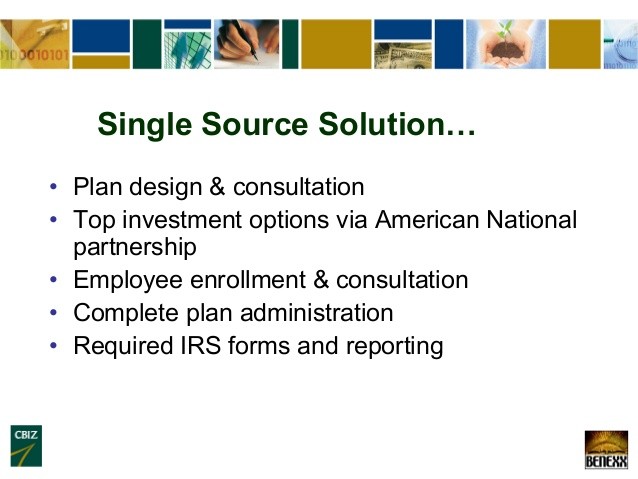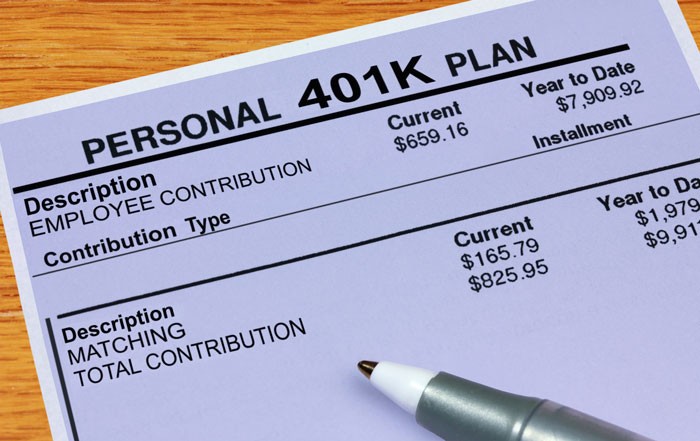What to Do When Your 401(k) Stinks
Post on: 14 Июнь, 2015 No Comment

It’s hard not to love 401(k) plans. Your contributions grow tax-deferred, which magnifies the compounding effect, and your employer (usually) chips in a chunk of free money. Nothing bad here, right?
But sometimes, your 401(k) isn’t everything it’s cracked up to be. Despite promising trends in recent years — retirement plan sponsors creating a more balanced menu of choices, adding lifecycle and index funds, being more attentive to fund performance and fees — some companies’ plans just aren’t all that great.
If your employer’s plan is stocked with Morningstar one-star specials, full of funds larded up with high management fees (or worse, 12b-1 fees ), or just isn’t that well-stocked with options at all, call off that job search and take heart. There are ways to make almost any plan work for you — if you take the right approach.
One piece of the pie
First and foremost, remember this: Your 401(k) investments are (or should be) just part of your overall retirement investing strategy. Do you have an IRA or two. If you’re married and your spouse works, does your spouse also have a 401(k), 403(b), or IRAs? Have you changed jobs in the past — and rolled your old 401(k) balances into a Rollover IRA ?
I’m guessing that most of you are answering yes to at least one or two of those questions. Those are all part of your retirement portfolio, and you should be thinking of them as pieces of one big pie — working in complementary ways toward a single goal.
Here’s another insight: It’s likely that your 401(k) has the narrowest range of choices of any of your options, especially if you limit your choices to the best your plan has to offer. After all, you can buy nearly anything in most IRAs, and with luck, your spouse’s plan will have more tasty choices than yours.
Making it work
Put those two insights together and the answer is obvious: Find the best options in your 401(k) plan and work backward from there. Nearly every plan has an option or two that is worth considering. Some likely prospects:

- Index funds. Many plans have added at least a few index funds in recent years, and it’s hard — though not impossible — to screw up an index fund. If your plan includes index funds from Vanguard or Fidelity. they are almost certainly solid, low-fee choices. For others, you may have to do a little research, but the tell-tale is pretty simple: Compare the fund’s fee-adjusted total returns to those of the index the fund is supposed to be tracking. Either they’re very similar, in which case the fund is worth a closer look, or the fund is lagging significantly, which often means high fees. This is your signal to look elsewhere.
- Lifecycle funds. If your plan offers lifecycle funds, such as the new Wells Fargo ( NYSE: WFC ) Advantage Target or the T. Rowe Price ( Nasdaq: TROW ) Retirement fund families, and most of your retirement savings are invested in your current plan, give these some consideration. Read this first. though, to learn about the ups and down of these investment vehicles and how best to put them to use. These funds work fairly well for people who are just getting started with retirement investing, but for them to work correctly, you really need to invest all of your retirement assets in a single fund. If you’ve got significant holdings elsewhere, a lifecycle fund is unlikely to be your best overall choice. (But if you have those Wells Fargo funds, take a closer look — they’re actually index funds, so some of the criticisms of fund-of-funds lifecycle products don’t apply.)
Beyond these choices, scan for funds with four or five Morningstar stars. Morningstar’s star rating system for funds isn’t perfect. but it’s a pretty good quick-look tool to help you flag possibilities. Maybe your plan includes a pretty good bond fund or a solid small-cap stock choice. Take whatever you can get, and if necessary, reshuffle your IRA holdings to bring your overall portfolio in line with your asset allocation goals.
When will you be able to retire? Are you saving enough? How much will you be able to spend in retirement? For answers to these questions — and more — join the Fool’s How to Plan the Perfect Retirement online seminar. Through October, the Fool’s Rule Your Retirement team will take subscribers through an interactive eight-lesson course, and will be available online to answer any and all questions. A seat at the front of the class is free to anyone who signs up for the Rule Your Retirement service.
Fool contributor John Rosevear welcomes your questions and comments. He does not own any of the stocks mentioned in this article. The Motley Fool has a disclosure policy.














